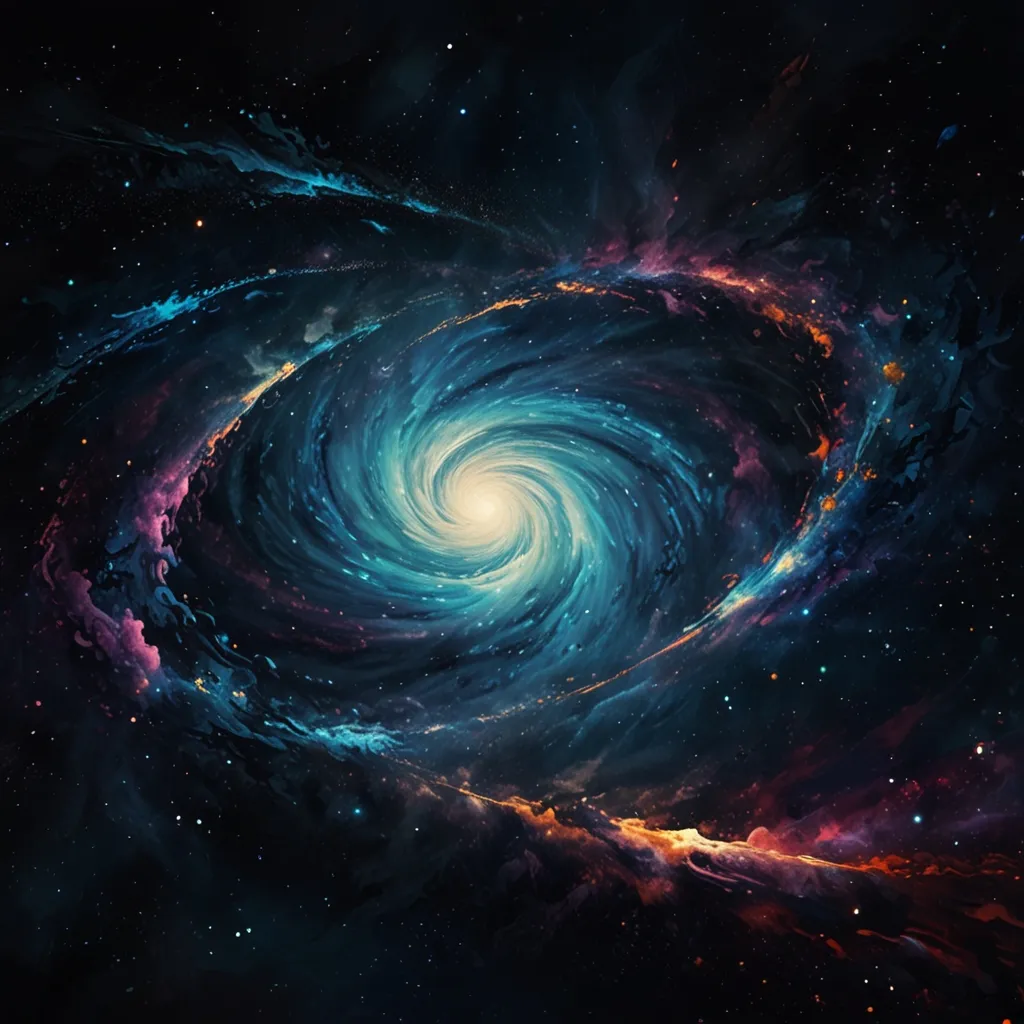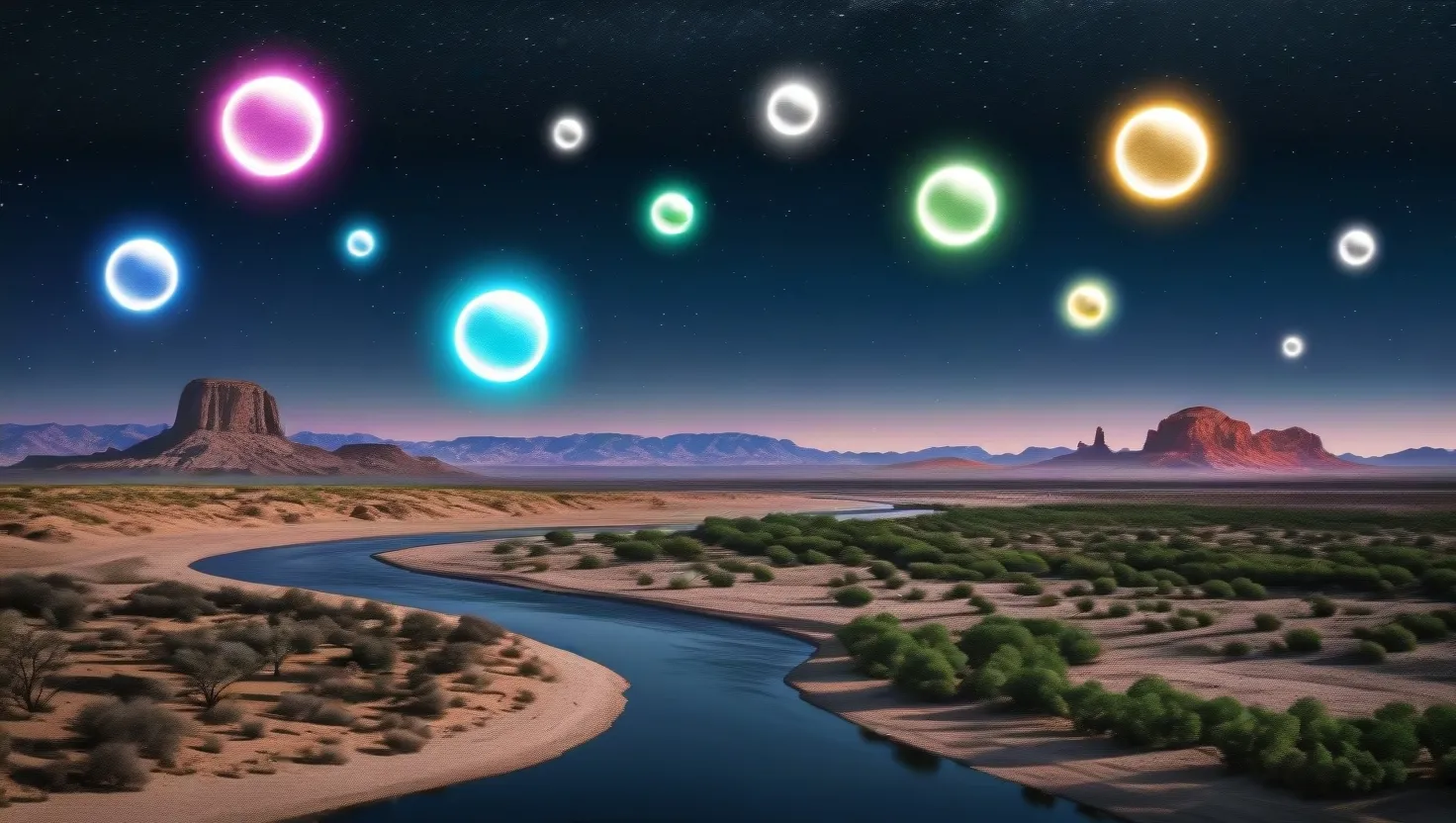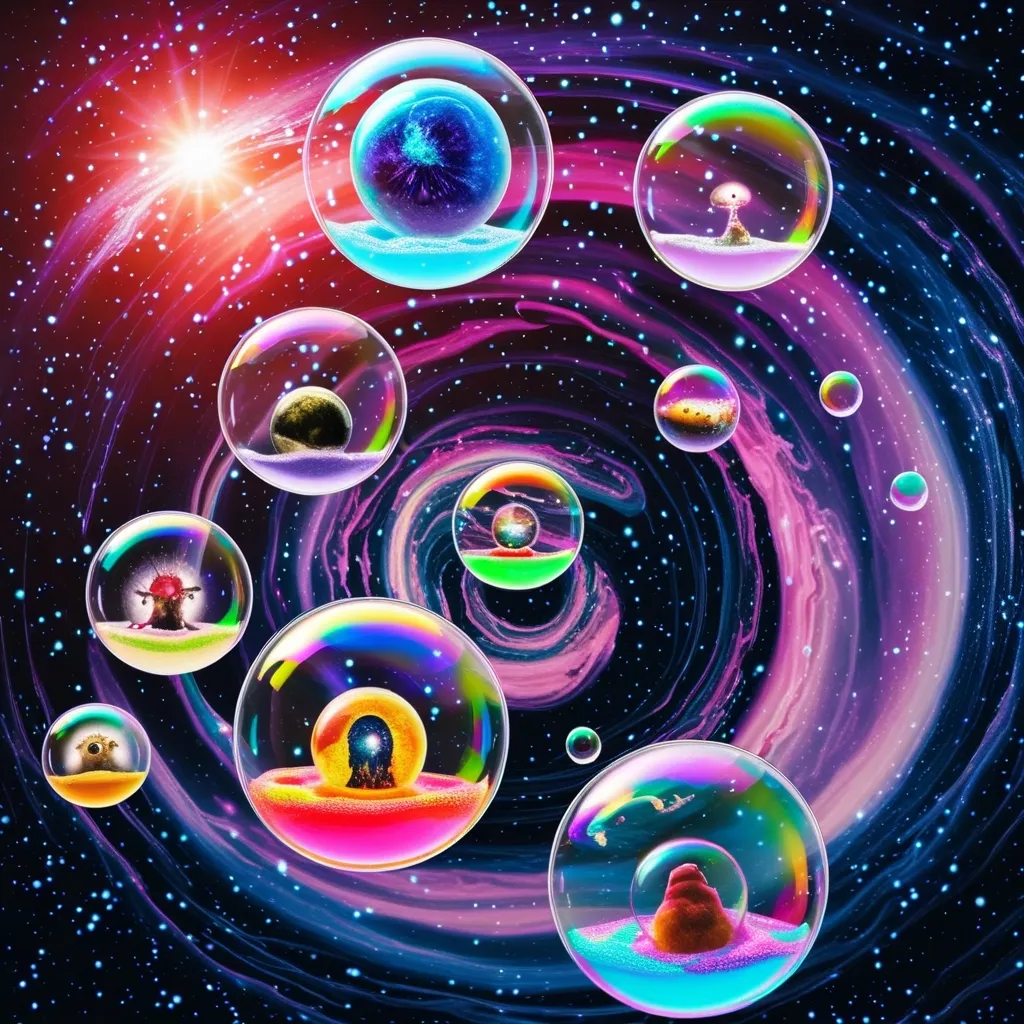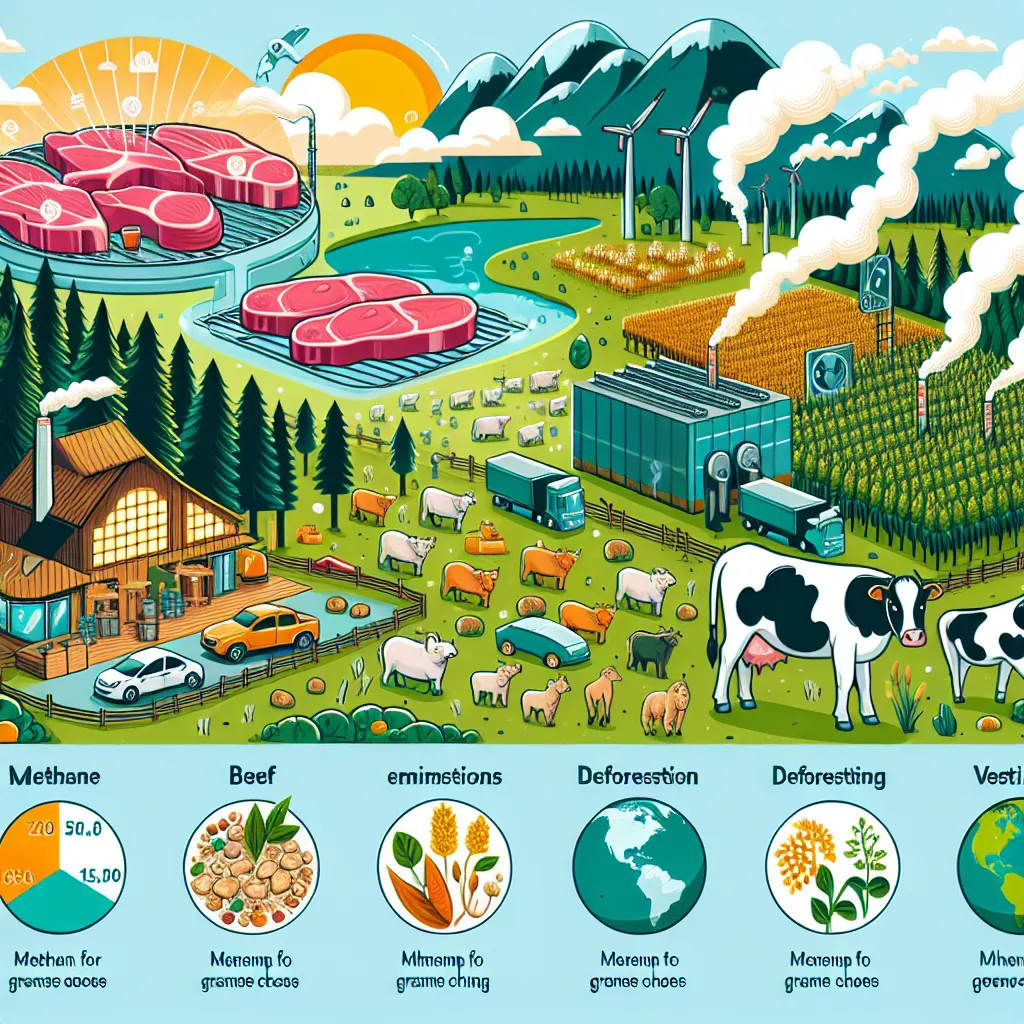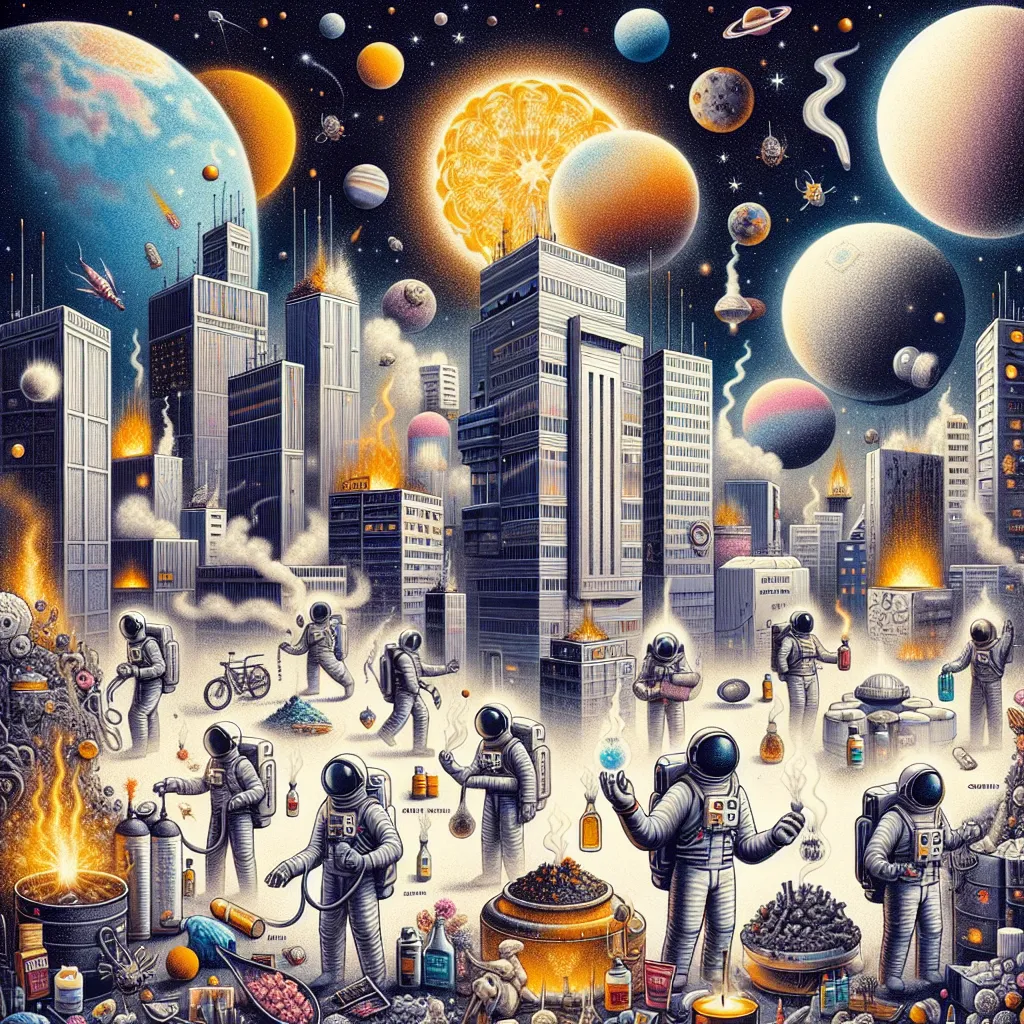The concept that what we perceive as reality might not be the genuine article isn’t as out there as it might sound at first. It’s like living in a world that someone else, or something else, designed and coded. Sure, it feels real – the morning sun on the skin, the smell of coffee brewing, the bite of a cool breeze – but is it really, truly, all that we believe it to be?
Enter simulation theory, a daring philosophical hypothesis suggesting the universe is artificial, a computer-generated illusion. This idea isn’t fresh off the press. Variants of it course through ancient cultures, stretching far beyond modern conceptualization. But it was the paper by Oxford philosopher Nick Bostrom in 2003 that thrust it into the limelight. Bostrom introduces what he calls the simulation trilemma, positing that we are either on the brink of technological oblivion before creating such simulations, we have the capability but choose restraint, or we are, indeed, living inside a simulation.
Think about this for a moment: our existence as the first, or “base reality,” is less than one in billions, according to Elon Musk. Even more grounded figures like Neil deGrasse Tyson consider a coin-flip possibility. It’s not traditional science, mind you – it veers into metaphysics, where philosophical deliberation marries science fiction.
From a cosmic point of view, it’s captivating. Imagine the universe’s inception: before there was time, space, or anything we comprehend, it all condensed into something no bigger than a tennis ball, only to explode outward in the spectacle known as the Big Bang. But what existed before the Big Bang? Quantum foam, dark energy, the whimsical constructs of physics? Or was it merely a program waiting to run?
Religious narratives offer God’s handiwork as an explanation, yet questions about a pre-creation existence tangle even the most faithful. In a simulated universe, code replaces divine intervention. Consciousness, the laws of physics, the constants defining our experiences – all programmed rules in this vast, virtual sandbox.
The age-old query then stands: how do we affirm our simulated existence? The suggestion isn’t without a wink and a nod towards Philip K. Dick, a visionary in speculative fiction. He believed in overlapping realities, occasionally bleeding into each other — a perspective feeding into the Mandela effect. Remembering events that didn’t happen—Nelson Mandela’s fictional death in prison, misspellings of brand names, memory of famous movie quotes that don’t exist—isn’t merely faulty memory. Could they be artifacts from glitches in our simulation?
Further intrigue comes from the cosmos. Despite 200 billion trillion stars, signals from intelligent life remain elusive—a paradox proposed by Enrico Fermi. Yet statistical equations suggest technologically advanced civilizations should pepper our galaxy as numerously as dandelions in spring. Perhaps the program just isn’t tuned into those channels.
Physics doesn’t help reduce the strangeness. Max Tegmark and James Gates have pondered how the firm laws of physics, including constancies like the speed of light, hint at coded instructions. Gates found error-correcting codes – strings of ones and zeros – within the math describing our universe’s tiniest elements. Think about it: computer code at the universe’s micro-level.
In the natural world’s artistry, mathematics makes a regular appearance. Fibonacci numbers manifest in flora and fauna, leading to an enchanting harmony. From foliage patterns to galaxy spirals, these numbers whisper of an algorithm at play in every nook of our experience. To discredit simulation theory as pattern-seeking is, ironically, to reinforce the suspicion of scripted reality.
The leap from theory to practice isn’t far-fetched, given technological advances and AI’s relentless march toward supremacy. Moore’s Law has been a reliable predictor of computing power growth, though its pace is slowing as we hit physical limitations. But consider: 40 years ago, Pong mesmerized audiences with its minimalist symphony of squares and sound. Today, Unreal Engine’s hyper-realism blurs virtual and tangible lines.
Simulating an entire universe, however, isn’t child’s play. One must grapple with the staggering number of atoms in the universe—10 to the power of 80. Storage demands might be met with some divine-like leap in processing power. Yet, simulating every particle in real-time is nearly unmanageable without harnessing gargantuan energy sources like Dyson spheres or black holes, a notion even decried by some physicists.
Nevertheless, reality functions more like a video game rendering only what’s in the line of sight. It’s efficient, conserving computational energy by only detailing observed outputs. This conceptual framework aligns eerily well with the double-slit experiment in quantum physics. When measured, particles behave strangely, seemingly “aware” of our gaze—like they’ve been glimpsed but not understood.
Through all this, skepticism persists. The universe’s vastness mutes our expeditions for truth. But as cosmology intertwines more with computation, simulation theory lures a growing roster of believers. Notably, it’s impossible to disprove. The Big Bang, the absence of aliens, UFOs—each aligns suspiciously well within this theoretical framework.
Whether a transcendental programmer or divine creator crafted it all, the verdict remains elusive. Many who embrace simulation theory shun divine belief, while others find solace in faith’s mystery. Yet, some believe this philosophical journey reveals both possibilities as part of a broader tapestry of understanding.
At the crossroads of faith and science, simulation theory straddles both sides. Its proponents and detractors alike wrestle with universal implications, all ultimately pondering the difference between living in base reality or under the grand canopy of a simulation. Whether reality is tangible or virtual, perhaps what matters most is navigating it with thought and grace, embracing the artistic complexity of human experience. And maybe, just maybe, knowing that’s enough.
